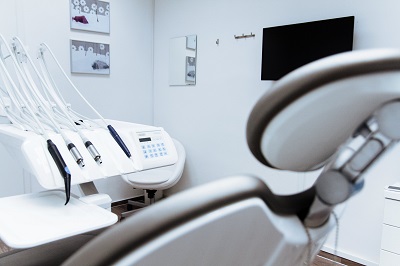Applying for TGA (Therapeutic Goods Administration) registration of Class IIb medical devices in Australia involves several structured steps to ensure compliance with safety and efficacy standards. Here’s a detailed overview of the processes and steps involved:
Overview of Class IIb Medical Devices
Class IIb devices are considered to be of moderate to high risk and may include:
- Long-term invasive devices (e.g., implants).
- Certain surgical instruments.
- Diagnostic imaging devices.
Steps for TGA Registration of Class IIb Medical Devices
1. Device Classification
- Confirm Classification: Verify that your device is classified as Class IIb by reviewing the TGA's classification criteria. Refer to the TGA's Classification of Medical Devices guidelines.
2. Conformity Assessment
- Select Assessment Route: Determine the appropriate conformity assessment procedure based on your device. This may involve:
- Self-assessment (for simpler devices).
- Third-party assessment by a TGA-approved Conformity Assessment Body (CAB) for more complex devices.
- Prepare for Assessment: Gather documentation to demonstrate that your device complies with the Essential Principles outlined by the TGA.
3. Documentation Preparation
- Compile Technical Documentation: Prepare a comprehensive technical file that includes:
- Device Description: Details about the device, its intended use, and its design.
- Quality Management System: Evidence of compliance with ISO 13485 (or other relevant standards).
- Clinical Evidence: Data demonstrating the safety and effectiveness of the device.
- Risk Management: A risk analysis file, detailing potential hazards and how they are managed.
- Labeling: Proposed labeling and Instructions for Use (IFU).
4. Application Submission
- Access TGA Business Services (TBS): Register or log in to the TGA Business Services portal.
- Complete Application: Fill out the medical device application (MDAN) form, providing all required information and uploading the technical documentation.
- Select Assessment Type: Choose the appropriate application type based on the conformity assessment pathway selected earlier.
5. Pay Application Fees
- Fee Structure: Review the TGA’s current fee structure and pay the required application fee online through the TBS portal.
6. TGA Review Process
- Application Assessment: The TGA will conduct a detailed assessment of your application, which may include:
- Document Reviews: Evaluation of submitted documentation.
- Requests for Additional Information: The TGA may request further clarification or additional evidence.
- Consultation with Experts: The TGA may consult with clinical or technical experts if needed.
7. Approval and Registration
- Approval Notification: If the application meets all requirements, you will receive an approval notification.
- Listing in ARTG: Your device will be registered and listed in the Australian Register of Therapeutic Goods (ARTG).
8. Post-Market Surveillance and Compliance
- Ongoing Obligations: After registration, manufacturers must comply with post-market obligations, which include:
- Monitoring Device Performance: Conducting post-market surveillance to ensure ongoing safety and effectiveness.
- Reporting Adverse Events: Promptly reporting any adverse events or incidents associated with the device to the TGA.
Additional Considerations
- Consult Guidance Documents: The TGA provides a wealth of guidance documents that can assist in understanding specific requirements and best practices.
- Engage Regulatory Professionals: Consider consulting with regulatory affairs specialists or legal experts to navigate the application process effectively and ensure compliance with all regulations.
Conclusion
The TGA registration process for Class IIb medical devices is comprehensive and requires thorough preparation. By following these steps and ensuring adherence to TGA regulations, you can facilitate a smoother application process and achieve successful registration of your medical device in Australia.

Contact Us:
Whatsapp or Wechat:+86 15816864648;email address:hito.lin@grzan.cn
.png)
.jpg)

.png)

.png)